
Here we see the sprouting of a clone from a Dyckia estevesii and
the sprouting of a flower spike too, all in the same plant.
As this plant is not self fertile it will need the alcove services
of a strange same species plant to breed true and any strange to produce hybrids.
If its alcove mate was produced from itself as this clone you see, the nuptials will be useless in terms of seed making.
Dyckia estevessi fall deeply in love to strangers! In a real talk they as any dyckia fall deeply in love to any other Dyckia. They are all easy goers.
In the case of this species if we want true seed we must have two different plants of the same species flowering in the same time and much...much luck.

Dyckia estevesii
about blooming
Some of the most striking and stunning Dyckias are Brazilian native.
Among these some special ones are Central Brazilian Cerrado native.
From this area that includes areas of Minas Gerais, Mato Grosso, Mato Grosso do Sul,
Bahia, Tocantins, Distrito Federal, Goiás States, come some real beauties as Dyckia estevessi, Dyckia lindelvaldeae, Dyckia marnier-lapostollei and so on.
Some of this Cerrado Dyckias are not self fertile. This means they can not produce seeds of their own if they are alone or the mate is a clone of itself, a relative.
They only produce seeds when in love to a strange. This strange maybe one of its own species or not. The second way produces hybrids.
so if you want pure strain seeds you have to have two individuals from same species and not a clone a plant that was produced by the very same plant.
So, to produce true seeds some species one need two same species and not cloned plants and obviously both at blooming time.
I would also say you will need a magic wand too.
Here I have two Dyckia estevessii beginning their flowers stalk at the same time and both ate the same level of development.
Maybe..maybe...I will get lucky enough to have plenty of Dyckia estevessi pure strain seeds.
...Oh..where is the magic wand?







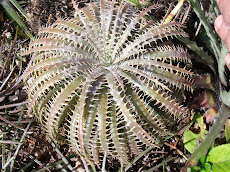
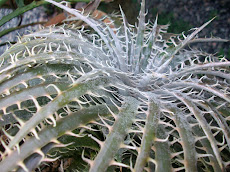

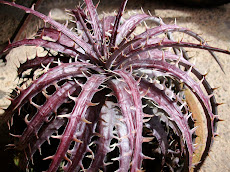

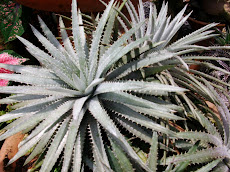

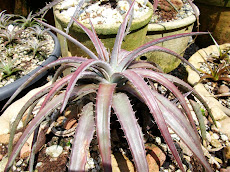
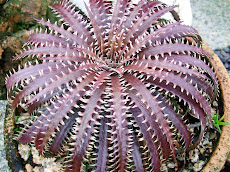


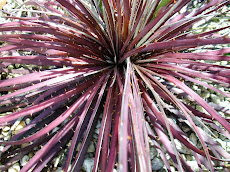
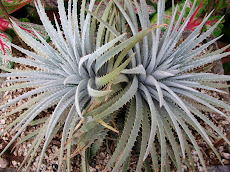
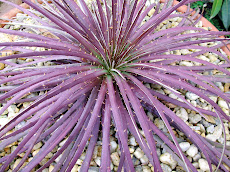

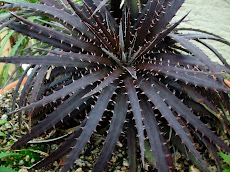
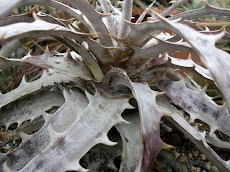

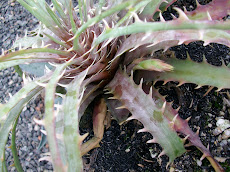

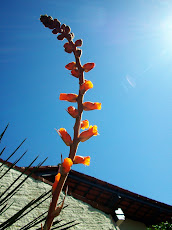
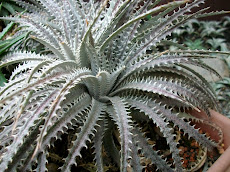

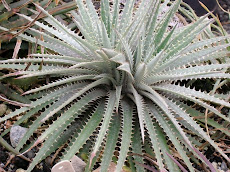
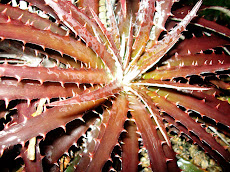
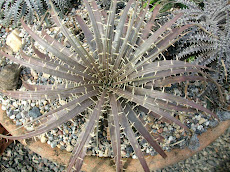

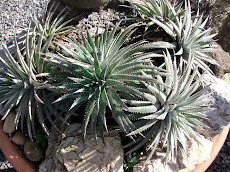
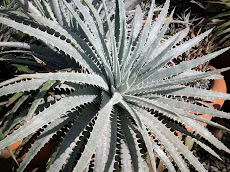


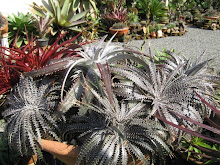
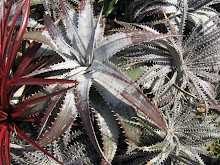
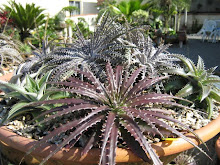
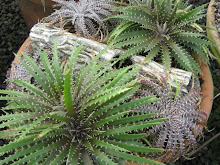
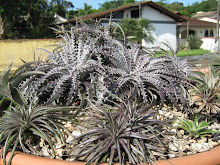


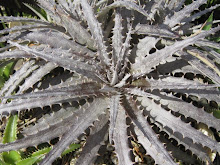
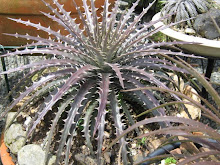
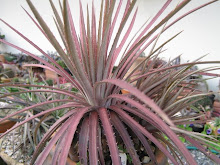

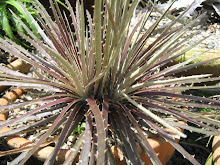
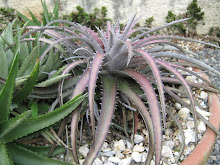
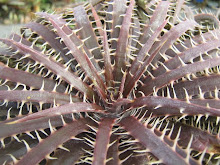



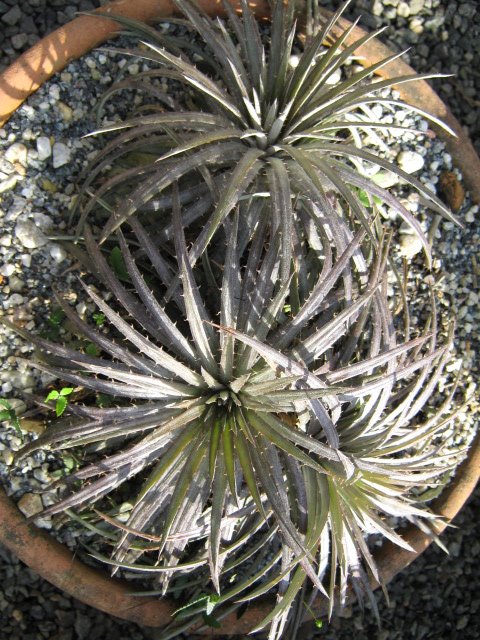
do hybrids of this ever come with the 2 rows of leaves in first generation? I would expect it would take another backcross or sib-cross to regain that look. But think of it with all silver or red leaves, or very big spines...
ReplyDelete